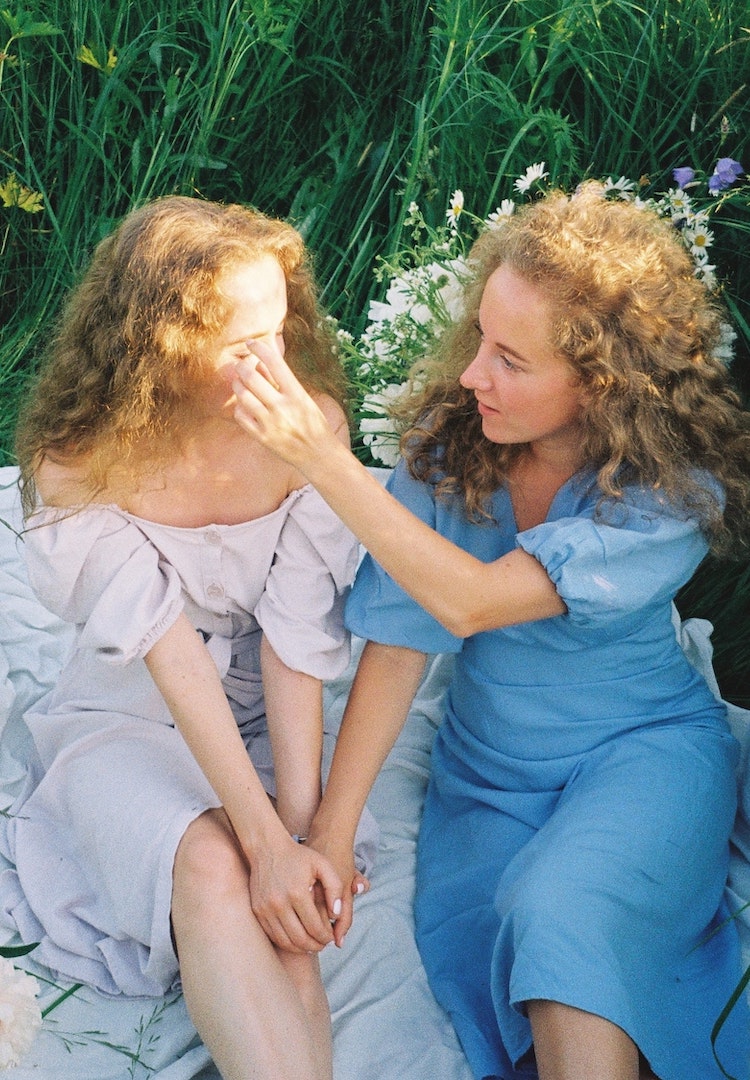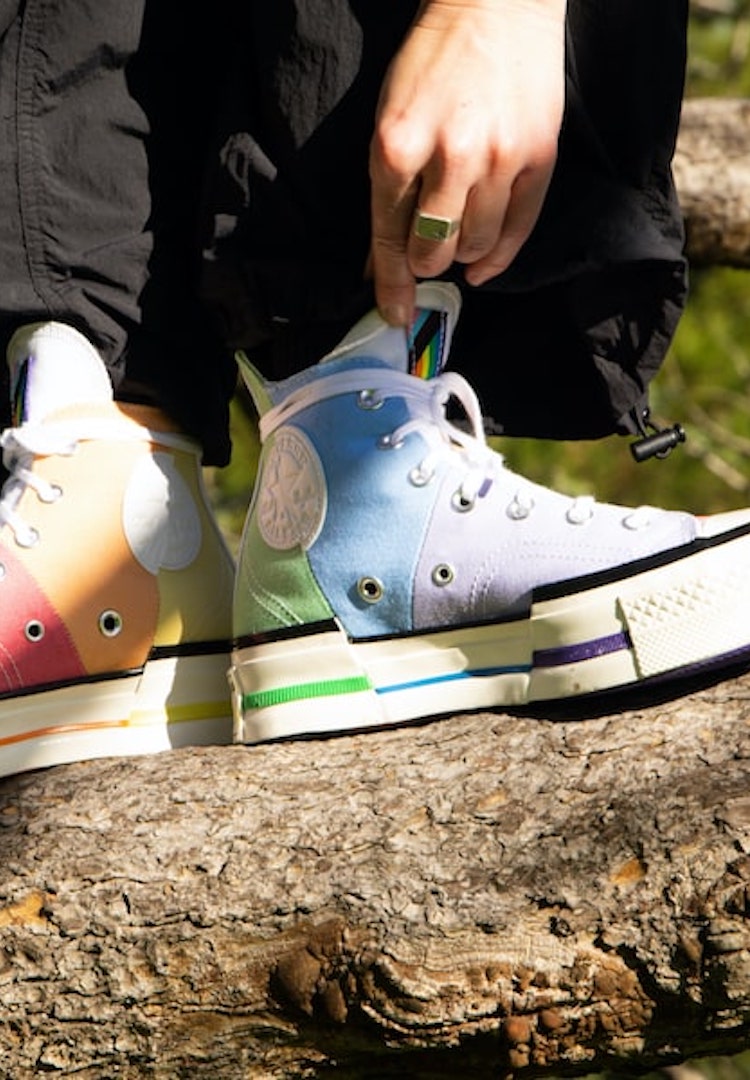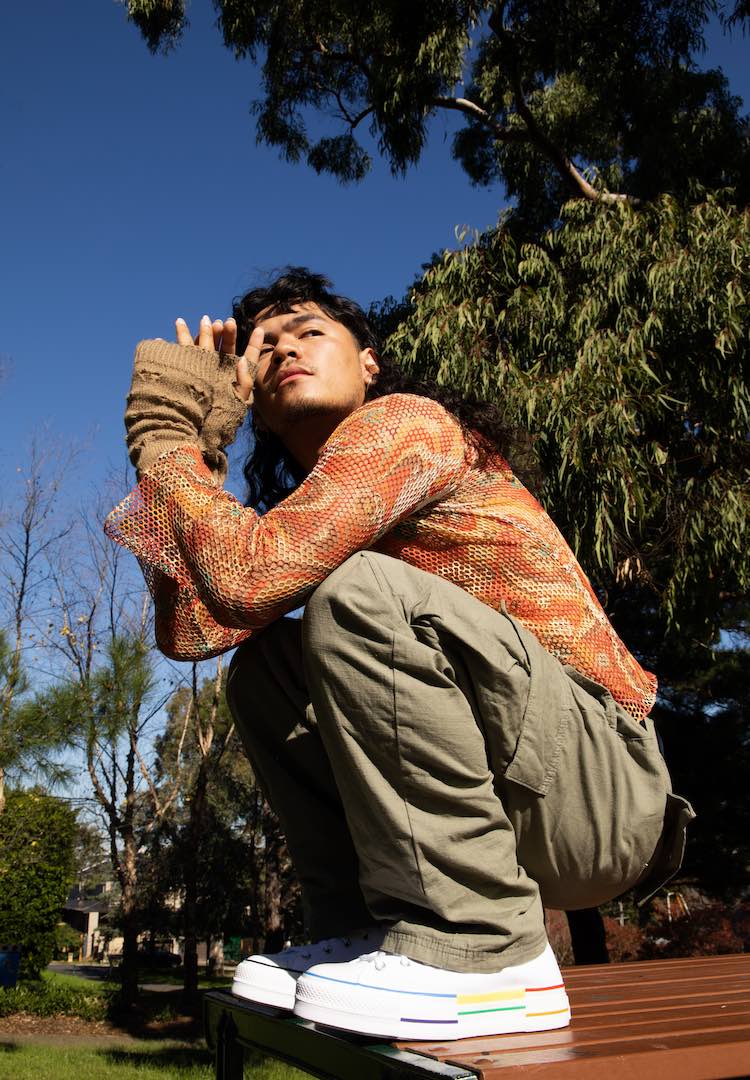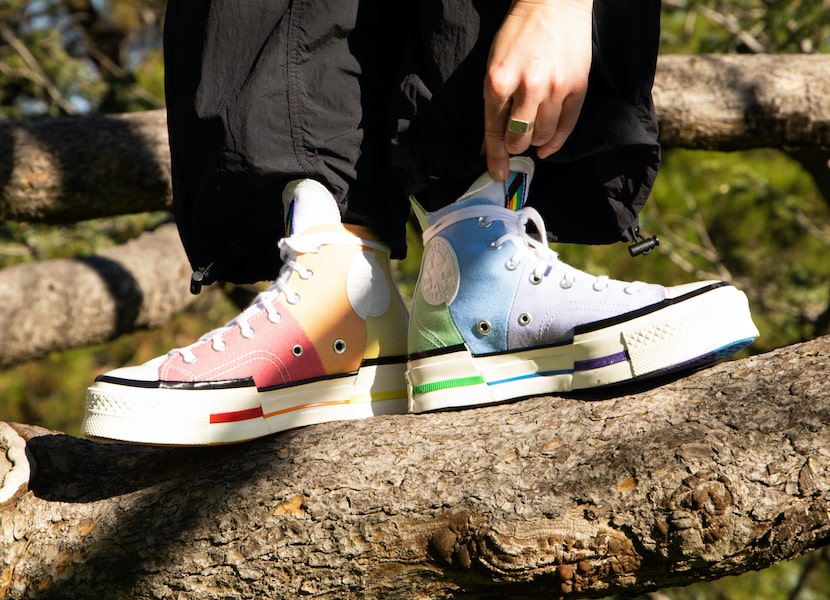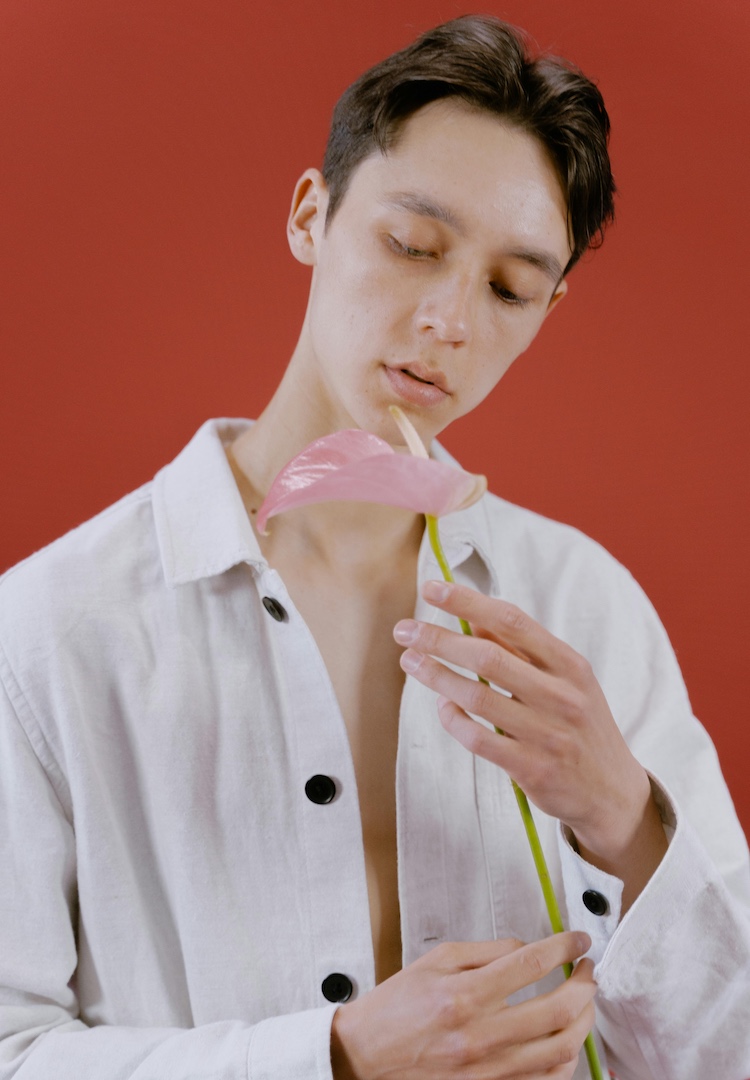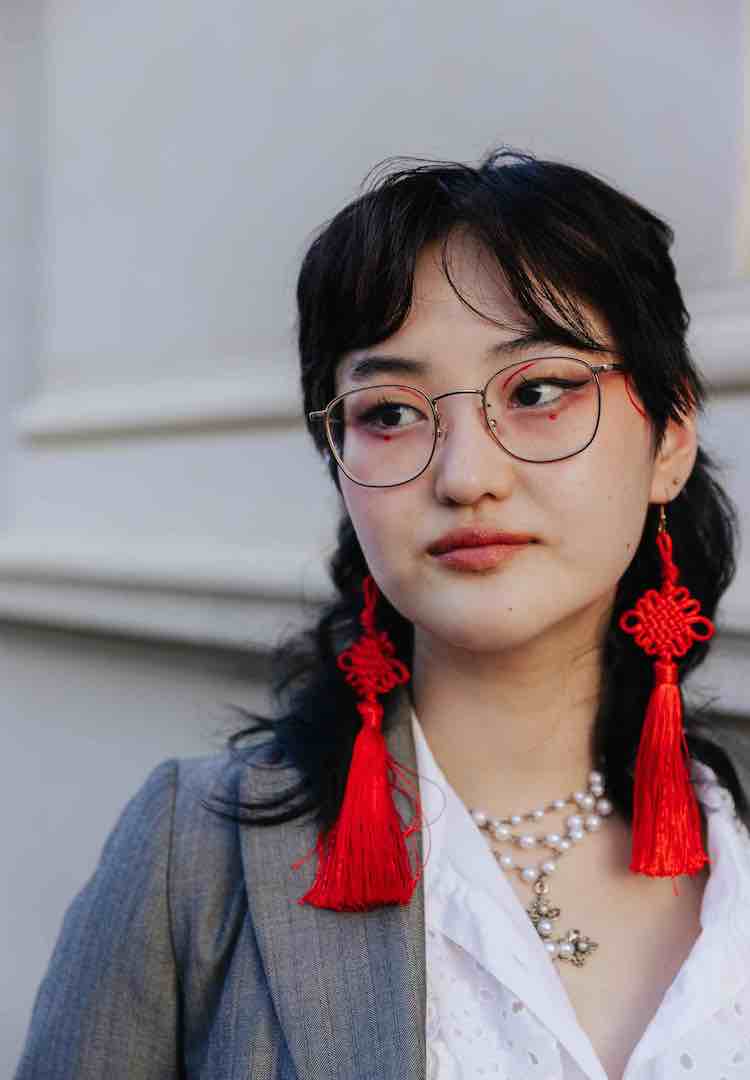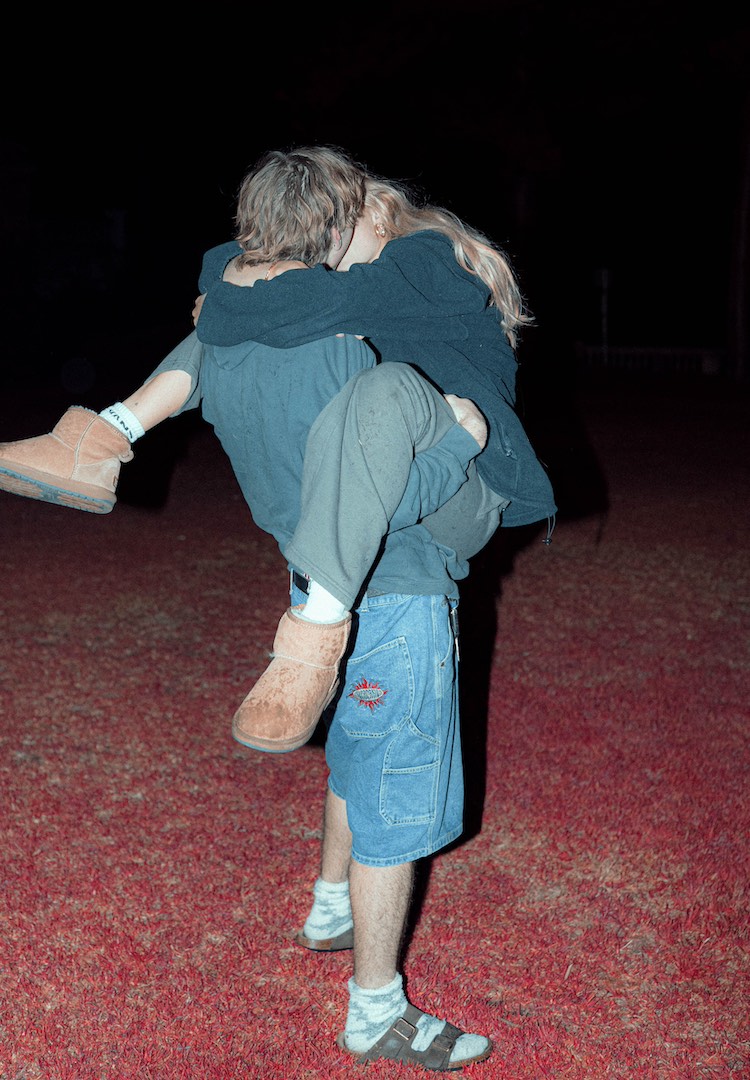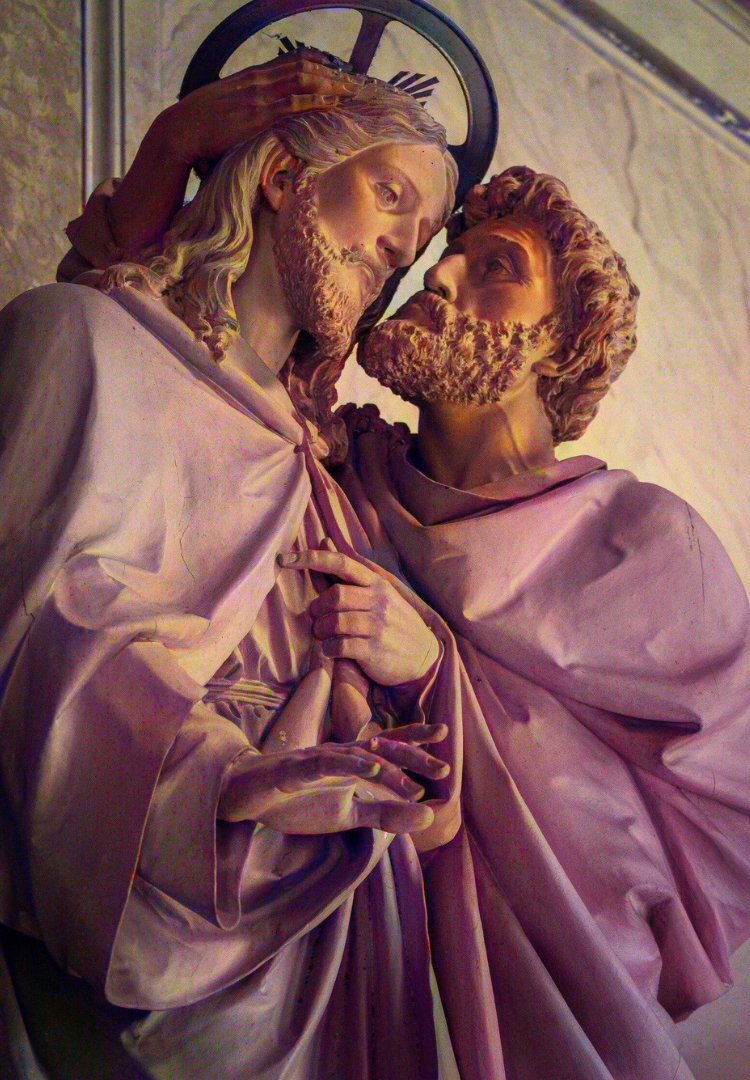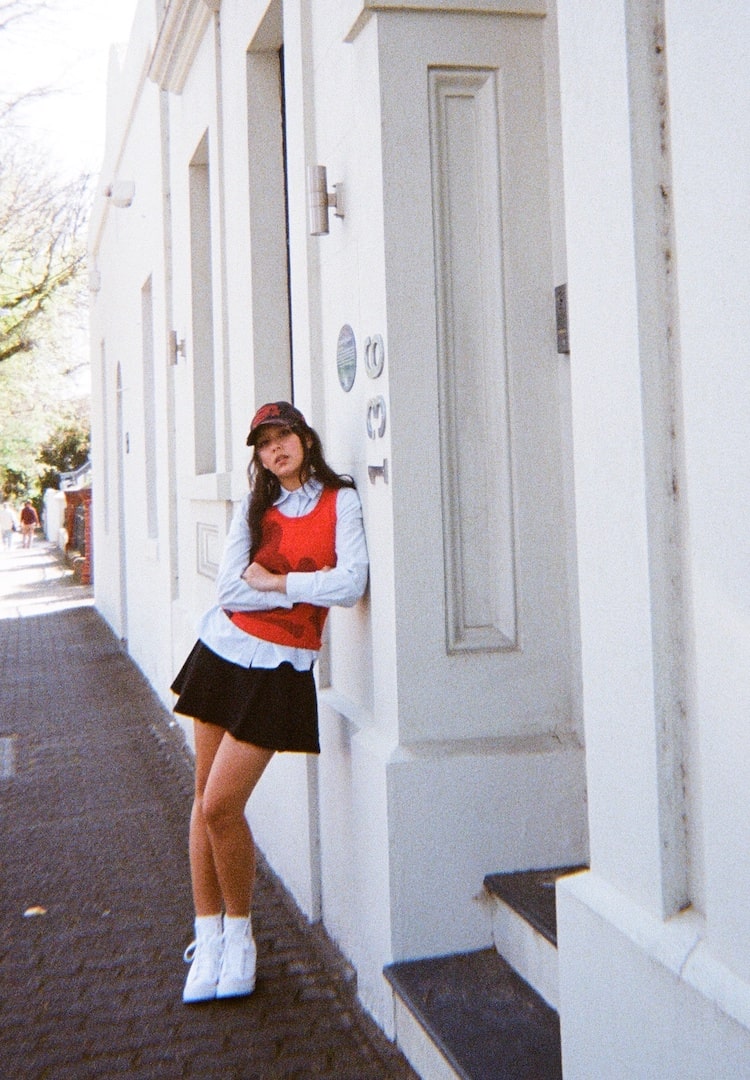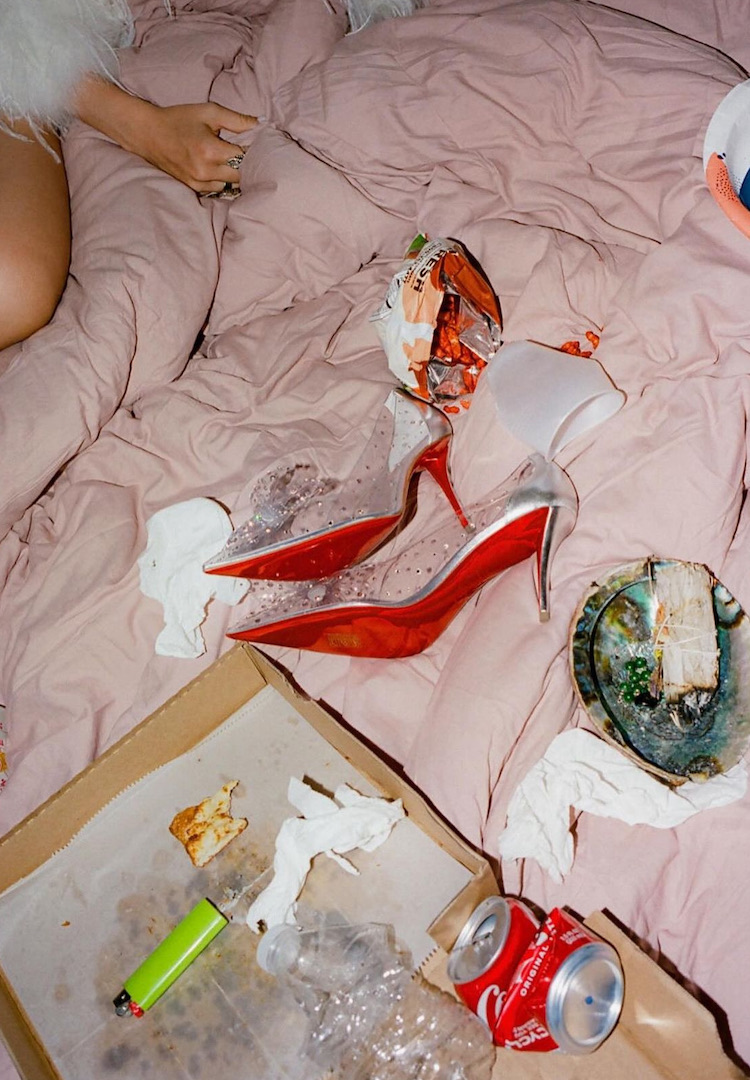How a fleeting childhood friendship shaped my queer identity
IN PARTNERSHIP WITH CONVERSE
WORDS BY KURT HUGHES
“For many, expressing their identity is an act of defiance. For me, it was an act of reclamation.”
This year, Converse’s Pride campaign hinges on one key message: Proud to be. As a celebration of the diverse and full lives of the LGBTQIA+ community, we’re hearing from young queer Australians about what Pride means to them. Here, Sydney-based writer Kurtis Hughes tells us about the impact of meeting his mum’s friend, Jonathan.
My mother went to university after she had kids. Her mature-age status wasn’t the only thing accompanying her – my siblings and I did too. The three of us, aged between six and nine, became quasi-university attendees, shackled to our mother’s side by legal obligation.
Of course, I knew not what a university was, nor why my mother needed to spend so much time there. But the varying characters I met inside this unfamiliar place were etched permanently in my mind.
Interested to hear how others navigate the world? Head to our Life section.
I was, as is anyone at the ripe age of nine, a sponge, lapping up my surroundings, committing every interesting detail to memory. In fact, her friend Jonathan became the subject of daily ruminations. A younger man of Filipino heritage, Jonathan carried himself differently from the hyper-masculine stereotypes I’d seen wandering the streets of my hometown.
Softer in both appearance and disposition, he instilled both curiosity and calm in me, feelings my mind had yet to dance with before. The stereotypical male image, although in its infancy in my developing brain, remained a fact unchallenged for nearly a decade. Voices hardened by a gravel-like quality, bodies triple the size of my own and hair that spooled out of the skin on their faces became the rubric for what I believed a man to be, but Jonathan simply did not fit the bill.
Throughout my mother’s university tenure, the engagements I had with Jonathan were fleeting at best – a passing in the academic halls on the way to drop off her assignments, a greeting on the way from my bedroom to the pantry. Yet as I pressed my face upon the proverbial glass, it became clear that his very presence was completely arresting.
That same year, I began the early stages of stitching my identity together, albeit hastily and without direction. My barely-developed prefrontal cortex hummed away with questions of self and I was often left to fill in the gaps with a broken compass.
Recognition of difference soon became a mainstay of my young mind. I was becoming aware of Jonathan’s queer identity, for whatever that meant to me at age 10, and I was beginning to realise that I was the same.
We lived in a sleepy town, framed by cattle and paddocks, defined by its farmers and the thrum of truck drivers speeding down the motorway. I didn’t notice it at the time, but the melancholic fog over my adolescence stemmed mainly from the characters in that town, who in part, made me feel displaced. But their dominant sameness and the insularity of my feelings seemed to be routinely comforted by the visits of Jonathan to my home, as a friend of my mother’s and a beacon of hope.
He wasn’t remarkable in memory (his name being one of the only discernible facts I knew) but his very occupation of space became a corrective balm to the erosive thoughts and metallic questions that became emblematic of my queer awakening.
I often revisit the pedestal I crafted for him in my mind; like a family heirloom, I dust it off and regale it with interest every so often. But as I excavate deeper, it becomes glaringly clear Jonathan was a silent nod to the fact that people like us exist.
I don’t want to preach to the choir about how ownership of identity and occupation of space can be a galvanising force for enlightenment. This we already know. But it’s a reminder of the transformative power seeing oneself can have. I began to understand a world that was probable and within reach, and although it would be years before I achieved self-acceptance, the process was well underway.
Not that I would have admitted it at the time, but for years in that rural childhood bedroom, I would dream of wild scenarios of being whisked away to be with people where I could authentically be myself. It became an escape – a promise – of a world that was twined in possibility, achievement and love.
While representation started to come in the form of TV shows, it was the real-life figures in my life that continued to steal centre stage. A cashier at Woolworths, neighbours in Sydney and the veterinarian that saved my family’s dog – they all achieve prized placement on the mantle of my memory.
For many, expressing their identity is an act of defiance. For me, it was an act of reclamation. Reclamation then transformed into a celebration of individuality and a rejection of ill-fitting moulds. But our embracement of identity also becomes a welcome gesture to others – a foot in the door for those seeking permission.
Every time we speak up, share our stories or simply turn up, we only further cement ourselves as unwavering pillars of this world. We remind others we are deserving of our achievements and our place in whatever space we have found ourselves investing in. It’s a continuous process of self-affirmation, acknowledgement of worth and embracing the unique perspectives we bring to the table.
Today’s me looks back on Jonathan’s presence with wanting assurance. Would I have attained my present life relatively unscathed without his early introduction? Who knows. But it sure would have been a lot more confusing without him.
Head here to explore Converse’s Proud to Be campaign.

